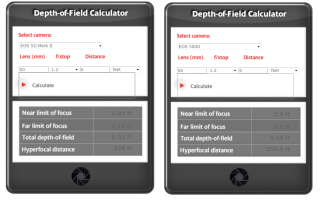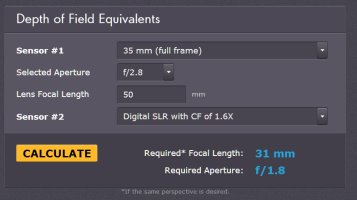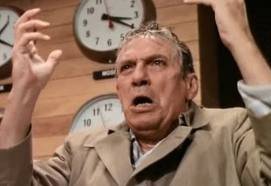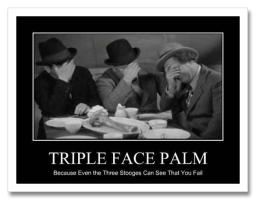ecka said:
Knut Skywalker said:
Wow...this became a way bigger discussion than i intented it to be.

So if i got everything right it is like that:
Same focal length + same aperture + same distance to subject on different formats = different FoV but with same same DoF. And that makes total sense to me because the lens projects the same image as before but on a smaller area to capture it.
And same focal length + same aperture + same object framing (which means bigger distance to subject on smaller formats) = bigger DoF on small formats because the focal distance is further away and smaller DoF on bigger formats because the focal distance is closer to MFD.
I hope my english is good enouh so everybody undertood what i meant... :-[
Greetings from Germany,
Knut Skywalker
Yes, you've got it right.
No, that is not correct.
"Same focal length + same aperture + same distance to subject on different formats = different FoV but with same same DoF."
That scenario,
assuming you are comparing same sized reproductions (print or screen), results in less DoF from the crop camera because it is has a smaller CoC. Think of it like this, you have to enlarge the crop cameras image 2.5 times more (by area) than the ff one, bigger reproduction ratio = less dof. Don't forget any detail of the crop camera image is reproduced bigger than the same detail from the ff image on a same sized print (or screen).
IF, using your above scenario, you compared two prints from the different sensors where the details of the subject were the same size, so the crop camera print would be 40% the size of the ff print, then the dof would be identical.
You cannot remove reproduction size from the DoF calculation, DoF calculators assume a base standard, often an 8"x10" print viewed at 12", if you compare two same sized prints from different sized sensors then the smaller sensor has been enlarged more.
This is all covered and explained in my first reply, the second post, on page one.
"If pictures are taken from the same distance using the same f-number, same focal length, and the final images are the same size, the smaller format has less DOF."




